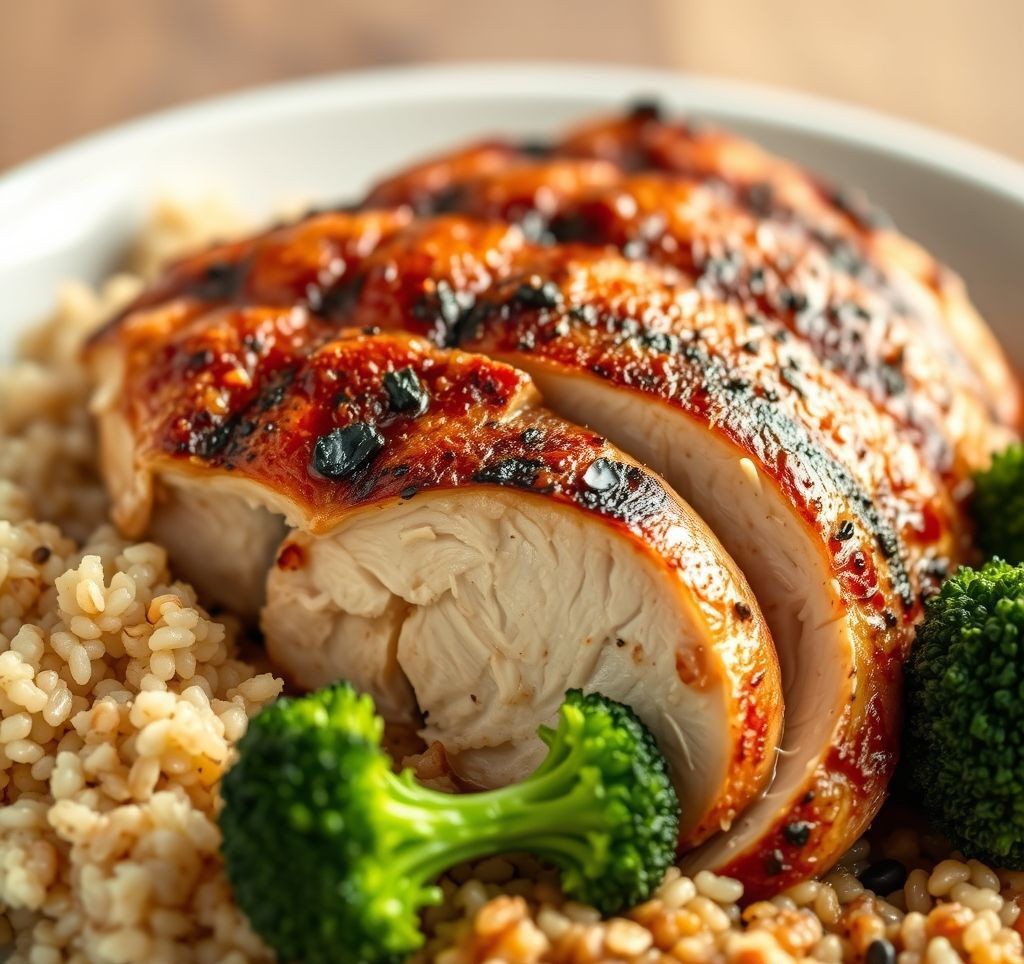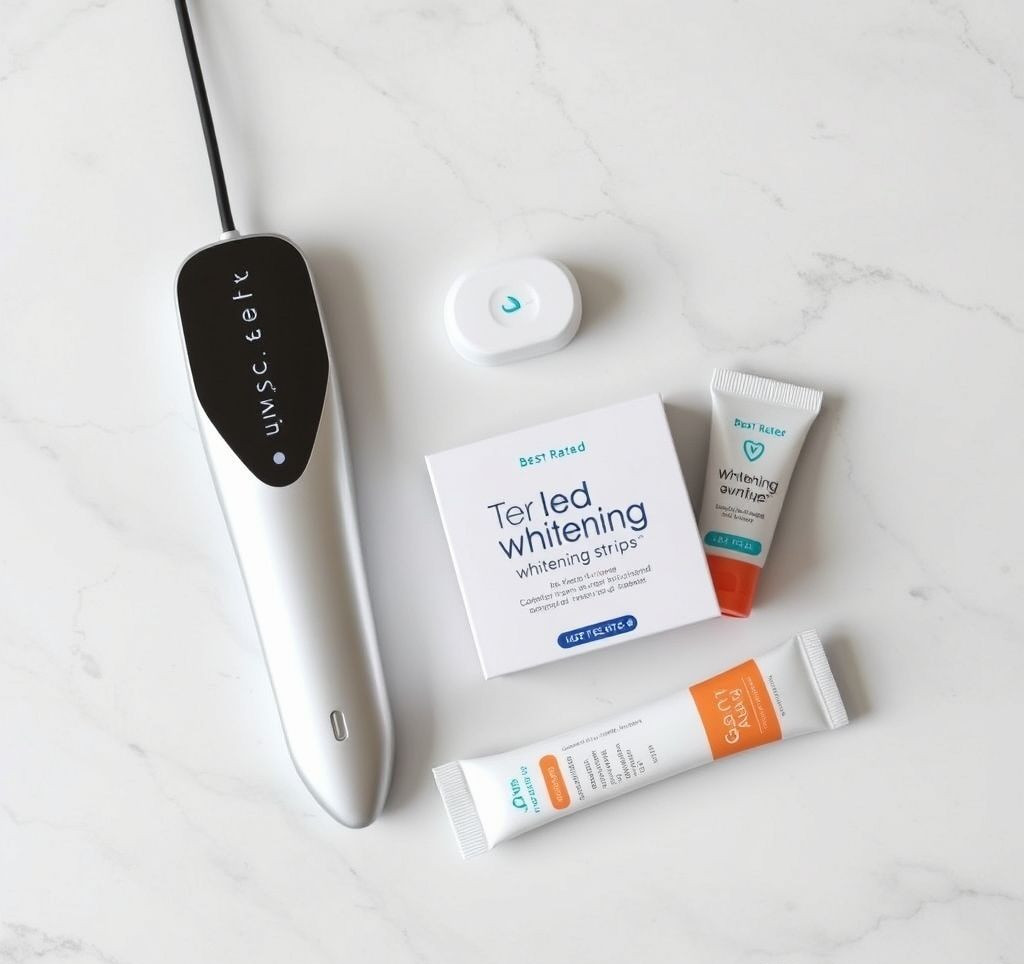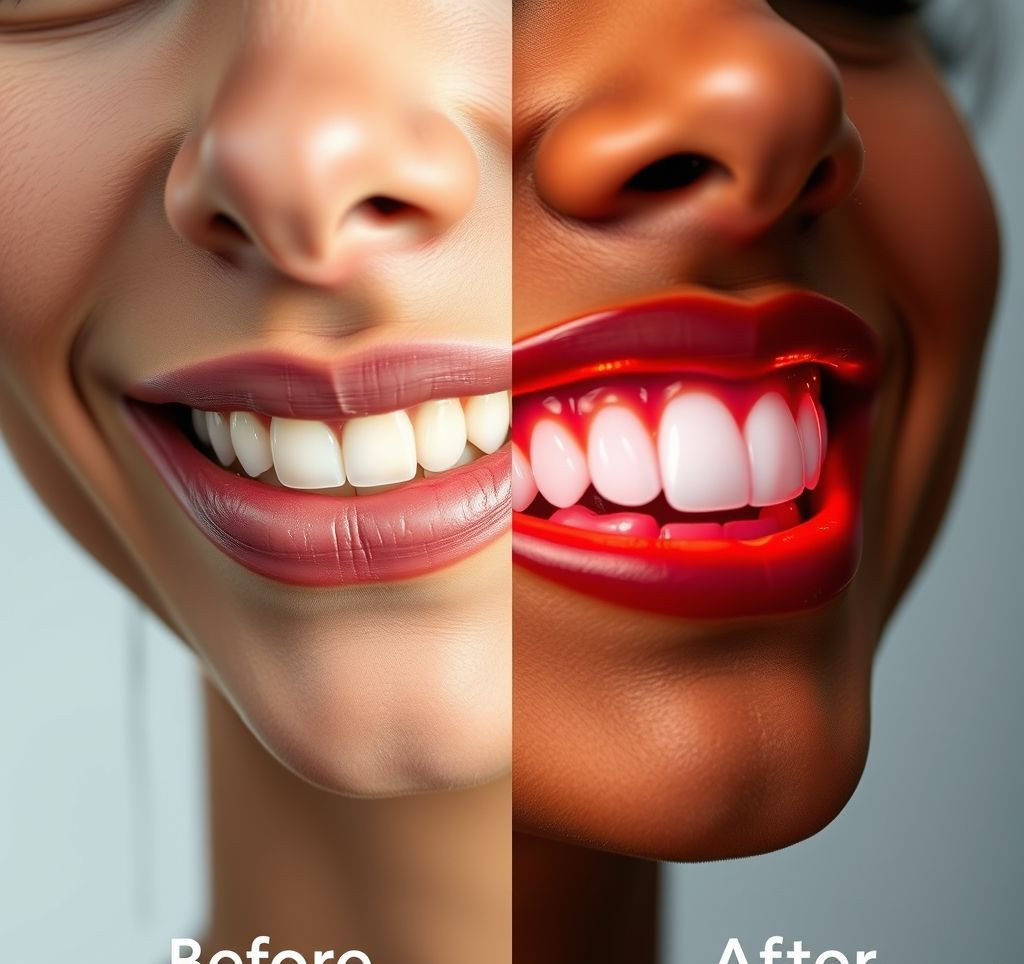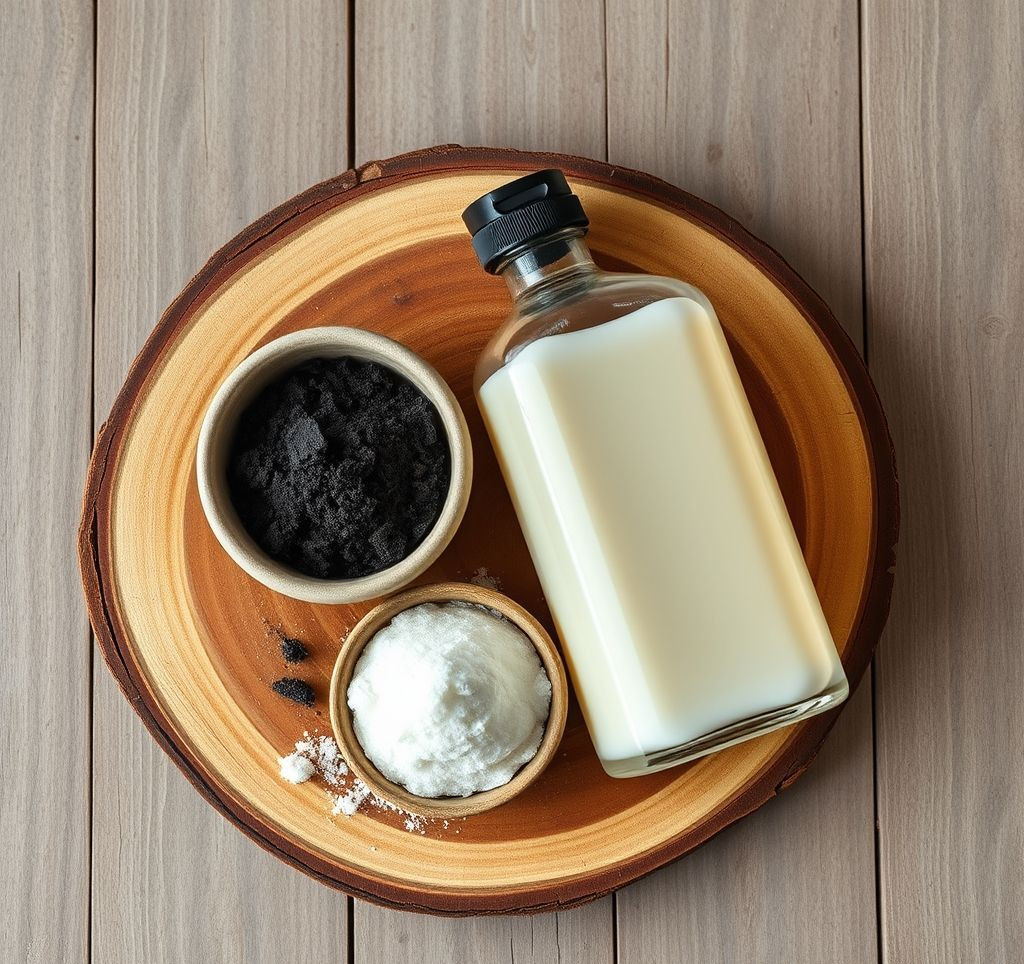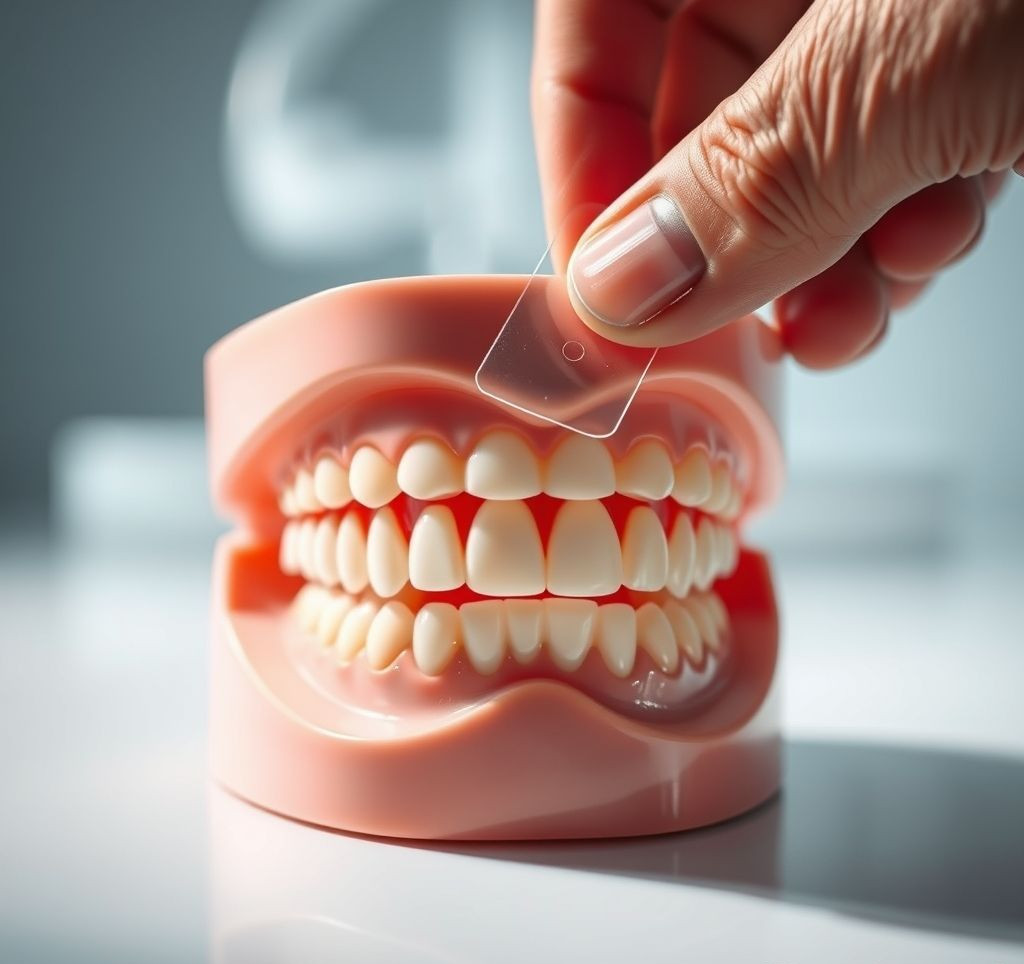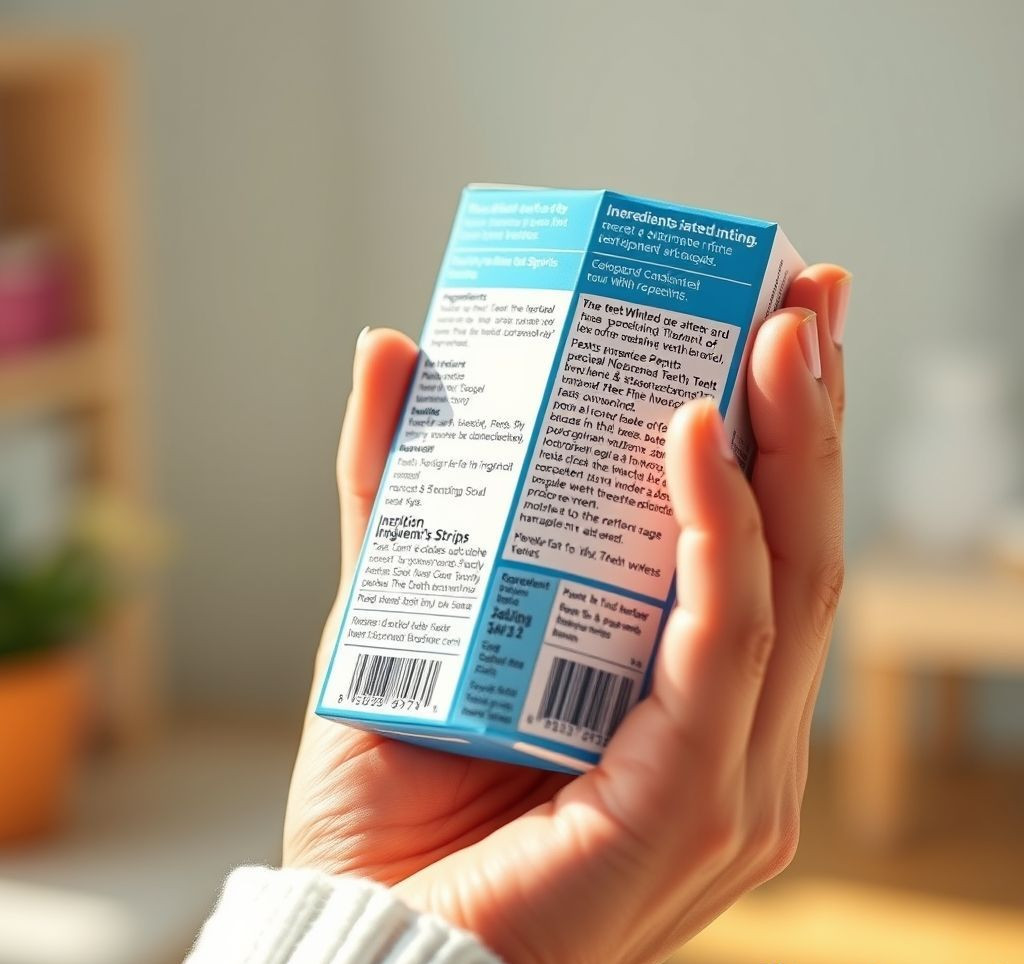Feeling hungry all the time while trying to build muscle? The key might be a well-structured, high protein meal. Forget endless salads – we’re talking about delicious, satisfying plates engineered to fuel your body and keep you feeling full for hours. This guide provides a simple formula and mouthwatering ideas to help you create the perfect high protein meal every time.
Why Prioritize a High Protein Meal?
Incorporating a high protein meal into your diet offers numerous advantages, especially when it comes to fitness and overall well-being:
- Muscle Growth and Repair: Protein is the building block of muscle tissue. A sufficient intake through a high protein meal is essential for repairing muscle damage after workouts and promoting new muscle growth.
- Increased Satiety: Protein is more satiating than carbohydrates or fats. By including a generous portion of protein in your meals, you’ll feel fuller for longer, reducing the likelihood of snacking on unhealthy options.
- Boosted Metabolism: The body uses more energy to digest protein compared to other macronutrients. This thermic effect of food contributes to a slight increase in metabolism.
- Stable Blood Sugar Levels: Protein helps to stabilize blood sugar levels, preventing energy crashes and promoting sustained energy throughout the day. This is particularly beneficial for those managing blood sugar or looking to avoid afternoon slumps.
The High Protein Meal Blueprint: Components and Considerations
Building an effective high protein meal isn’t just about piling on meat. It’s about balance and choosing wisely. Here’s a breakdown of the key components:
- The Protein Source (40-50% of the meal): This is the star of the show. Aim for lean sources like chicken breast, turkey, fish (salmon, tuna, cod), lean beef, pork tenderloin, tofu, tempeh, lentils, and beans.
- Complex Carbohydrates (30-40% of the meal): Carbs provide energy for your workouts and daily activities. Opt for complex carbs like brown rice, quinoa, sweet potatoes, whole-wheat pasta, or oats.
- Healthy Fats (10-20% of the meal): Fats are essential for hormone production and overall health. Choose healthy fats like avocado, nuts, seeds, olive oil, or fatty fish.
- Fruits and Vegetables (Unlimited!): Load up on non-starchy vegetables for vitamins, minerals, and fiber. Fruits offer natural sweetness and antioxidants.
Remember to adjust the ratios slightly based on your individual needs and goals. Someone aiming to lose weight might prioritize protein and vegetables, while someone actively bulking might increase their carbohydrate intake.
Crafting Your High Protein Masterpiece: A Step-by-Step Guide
Now, let’s put this knowledge into action. Here’s how to create your personalized high protein meal, whether it’s for lunch or dinner:
- Choose Your Protein: Select your favorite lean protein source. Consider prepping a large batch of grilled chicken or baked tofu at the beginning of the week for easy meal assembly.
- Pick Your Complex Carbs: Determine your carbohydrate source. Pre-cooking grains like quinoa or brown rice also saves time during the week.
- Add Healthy Fats: Incorporate a source of healthy fats. A drizzle of olive oil over your vegetables or a handful of almonds will do the trick.
- Pile on the Veggies: Fill the rest of your plate with colorful vegetables, steamed, roasted, or raw.
- Season and Enjoy: Don’t forget to season your meal to perfection with herbs, spices, and low-sodium sauces.
Example: Grilled salmon (protein) with roasted sweet potatoes (complex carbs), steamed broccoli (vegetables), and a drizzle of olive oil (healthy fats) makes an excellent and easy high protein dinner.
Expert Tips & Best Practices for Maximizing Results
Elevate your high protein meal game with these pro tips:
- Calculate Your Protein Needs: A general guideline is to consume 0.8 grams of protein per pound of body weight per day, but active individuals may need more (up to 1 gram per pound).
- Vary Your Protein Sources: Don’t rely on just one protein source. Mixing it up ensures you get a variety of amino acids.
- Plan Ahead: Meal prepping is crucial for staying on track. Take some time on the weekend to prepare your protein, carbs, and vegetables.
- Don’t Fear Carbs: Carbohydrates are your friend! They provide energy for workouts and help with muscle recovery.
- Stay Hydrated: Drink plenty of water throughout the day to support muscle growth and overall health. According to a study published in the “Journal of the American College of Nutrition,” even mild dehydration can impair athletic performance.
“Protein is an essential nutrient for muscle growth and repair. Aim for a high protein intake to maximize your results.” – National Academy of Sports Medicine (NASM)
Creating a high protein meal doesn’t have to be complicated. By following these guidelines, you can design delicious and satisfying meals that support your muscle-building goals and keep you feeling full and energized all day long. Experiment with different protein sources, carbohydrates, and vegetables to find your perfect combination and enjoy the benefits of a well-balanced diet.
